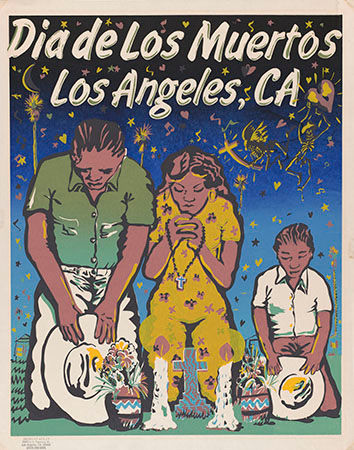Baby Powder Outrage — CSPG Poster of the Week
- politicalgraphics
- May 22, 2020
- 2 min read

Johnson's Baby Powder
Gary Brown
Felix Greene, photographer
Silkscreen on sheet metal, 1968 Santa Barbara, CA 5912
Johnson & Johnson announced that it would no longer sell its popular but evidently carcinogenic baby powder in the U.S. and Canada. This decision was in response to losing billions of dollars in lawsuits, filed by women who connected their ovarian cancer to J & J’s baby powder, and by men who linked it to their mesothelioma. Yet J & J continues to sell its talc-based, asbestos-containing baby powder to the rest of the world.
Early lawsuits focused on the possible link between ovarian cancer and the talc in the baby powder. In 1980, J & J created a corn-starch-based baby powder, yet it continued to sell the talc-based product. When asbestos was discovered in the talc, subsequent lawsuits focused on the traces of asbestos found in the talc-based baby powder. Even minute amounts of asbestos may cause cancer. J & J knew the risks, even discussed the risks in its Board meetings, yet it continued to sell the talc-based, asbestos-containing baby powder.
In contrast, also this week, MSNBC featured Dr. Paul Stoffels, the articulate and impressive head of research at Johnson & Johnson, talking about the challenges involved in developing a COVID-19 vaccine. He reassured people that short cuts would not be taken, and safety measures would not be ignored. Yet the company he works for continues to underwater seal its talc-based, asbestos-containing baby powder.
J & J is only withdrawing the product from the U.S. and Canada. However, the current stock can still be sold, and the company is continuing to sell its talc-based, asbestos-containing baby powder throughout the rest of the world. Is Johnson & Johnson saying that the lives of people living in the U.S. and Canada are worth more than people living in the rest of the world?
POSTER HISTORY:
Today’s 1968 Poster of the Week was made during the Viet Nam War and is unrelated to current lawsuits targeting the Johnson & Johnson Baby Powder. Rather, the Johnson referred to in the poster is President Lyndon Johnson, who escalated the Viet Nam War, and “Johnson’s Baby Powder” refers to Napalm. Dow Chemical was the military's sole supplier of Napalm.
Napalm is a syrupy kind of jellied gasoline that showers hundreds of explosive pellets upon impact. In 1965, Johnson authorized its use in Viet Nam, where it indiscriminately burned people, villages, and forests. It burned through everything at more than 5,000 degrees Fahrenheit. It stuck to people and then burned some more, sometimes down to the bone. It even burned under water—water spread it but did not put it out. The child shown in the poster was burned by Napalm.




Comments